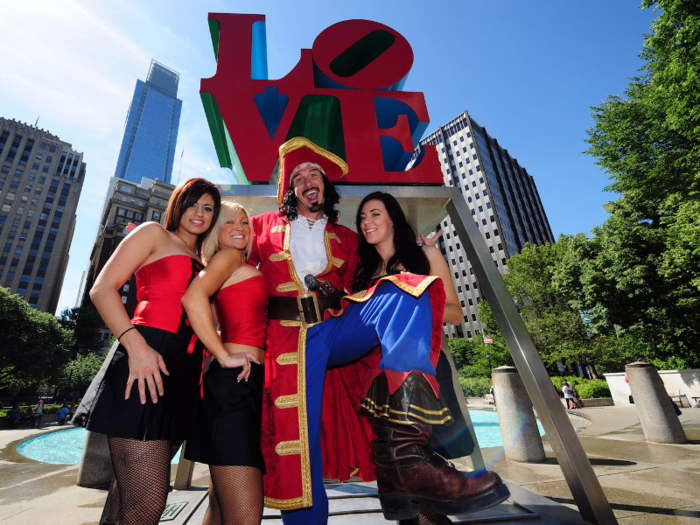



Indiana originally designed the image as a Christmas card for the Museum of Modern Art in 1965, more than a decade before it went to Philly. Since then, it has appeared on stamps, banners, rings and sculptures around the world.

This year it has been returned to its original color scheme: red, green and purple.

It was briefly removed in 1978 before the city decided it should have a permanent spot in its park, and then lifted away again here in 1999, for restoration.

Wye argues the sign often served as an "emblem of 1960s idealism," an iconic reminder of free love.




Whatever your feelings about Valentine's Day may be, one thing's for sure: There's just a little more LOVE out on display today.
 US buys 81 Soviet-era combat aircraft from Russia's ally costing on average less than $20,000 each, report says
US buys 81 Soviet-era combat aircraft from Russia's ally costing on average less than $20,000 each, report says 2 states where home prices are falling because there are too many houses and not enough buyers
2 states where home prices are falling because there are too many houses and not enough buyers A couple accidentally shipped their cat in an Amazon return package. It arrived safely 6 days later, hundreds of miles away.
A couple accidentally shipped their cat in an Amazon return package. It arrived safely 6 days later, hundreds of miles away. 9 health benefits of drinking sugarcane juice in summer
9 health benefits of drinking sugarcane juice in summer
 10 benefits of incorporating almond oil into your daily diet
10 benefits of incorporating almond oil into your daily diet
 From heart health to detoxification: 10 reasons to eat beetroot
From heart health to detoxification: 10 reasons to eat beetroot

Copyright © 2024. Times Internet Limited. All rights reserved.For reprint rights. Times Syndication Service.